If Grokkists had a patron saint, it would surely be Leonardo da Vinci. Da Vinci is rightly celebrated as one of the most original and inventive minds of all time. He was also one of the most scattered (to the extent that psychologists have recently suggested that he was ADHD).
Leonardo’s interests encompassed, among other things, painting, sculpture, military engineering, anatomy, stage design, event organizing and occasional jesting. Still, his constant bouncing between the next invention, the next composition and the next problem demanded sacrifices. And the main sacrifice seems to have been finishing things.
His workbooks and books of theory went unpublished. Most of his inventions never made it out of the workbook. A considerable proportion of his paintings remained incomplete. It is as if Leonardo’s mind outpaced his patience. Once he had resolved the main problem he had set himself to his own satisfaction, rather than completing the object that housed that problem, he was on to the next thing.
It is as if Leonardo’s mind outpaced his patience.
Not surprisingly, a sizeable portion of his clients were disappointed. I’ve always suspected that Leonardo ended his days in France because he had burnt too many bridges in his native Italy. Clients want results. Leonardo reveled in the process.
There is a fair amount to be found online about the importance of embracing process rather than results. In general, the online version of ‘process’ is not what I would think of as a creative or research process, and it’s certainly not how Leonardo’s process worked. Online ‘process’ is more about following procedures in situations where thinking about a result could have catastrophic consequences.
Paris Olympic high jump gold medalist, Hamish Kerr, provides an example of this type of sports psychology. Speaking after his victory, Kerr noted that, having missed two jumps during qualifying and being about to make an early exit from the Games, his coach reminded him to slow down and focus on the process. That meant remembering all the techniques and procedures he had practiced, but which had got lost in the pressure of the moment.
This sort of thinking is probably helpful for musicians and sports people who, at each moment of their performance, sit on that knife edge between glory and catastrophe.
In areas like art, graphic design and history, on the other hand, I would argue that both the creative process and the research process differ significantly from the ‘real time’ processes discussed above. Measured across hours, days, weeks, months and even years, creative processes rely not simply on remembering procedures, but on maintaining momentum over an extended period of time.
... creative processes rely not simply on remembering procedures, but on maintaining momentum over an extended period of time.
Through my teaching, I got a good insight into the dichotomy between people who, in creative terms, are results focused and those who are process focused. The initial flash point in teaching graphic design was always the students’ workbooks. On an art or design course, workbooks are how staff get to understand a student’s thinking (i.e. tracing how they work their way sequentially through the various problems they encounter in the project they are working on).
Workbooks brought out the best in some students. They filled them with background research and then explored a myriad of possibilities before narrowing back down to the best ideas. These were the workbooks staff enjoyed, and the students would get credit even if, as sometimes happened, the final piece was the weakest element.
But not all students enjoyed this regime. A good many of them simply wanted to arrive at the result, preferably via as direct a route as possible. Their workbooks were generally perfunctory, but the final piece would always be commendably polished.
I came to the conclusion that there was a roughly 50/50 split between process oriented and result oriented students, and that these approaches were etched deeply into their psyches. Hence, they were extremely hard to change. Each orientation, when examined, showed both strengths and weaknesses, particularly when paired with the perfectionism of high performers.
Process students were the da Vincis, thriving on uncovering options yet bored with the final stages. Given six weeks to work on a project, they would use the lot, delving hither and yon in search of inspiration. Indeed, these were the students most likely to miss the deadline entirely, when their perfectionism drove them to carry on coming up with new options long past the time when they should have started finalizing their ideas.
Results-focused students, on the other hand, seldom missed deadlines – but not because they had used their time well. Six weeks would seem far too long for these students. They would have preferred a quick turn-around. Consequently, unless they could find a way of parceling the work into bite-sized chunks, they would tend initially to do the bare minimum before smashing out some pretty polished work in the final week or two.
But the dark side of this orientation was a penchant for plagiarism. If these students were not coming up with a result that satisfied the perfectionist standards that they measured themselves by, then, for some, getting a leg up courtesy of someone else seemed a lesser evil than handing in second-rate work.
My own creative orientation is process focused. And this meant I was probably the wrong person for around half of the students, who simply didn’t get my enthusiasm for research and exploration. It also explains why being forced to teach to pre-ordained “learning outcomes” was a particular form of torture for me. Research and exploration are meaningless when the outcome is already decided, as it is in so much education.
Research and exploration are meaningless when the outcome is already decided, as it is in so much education.
My predilection for process also explains why certain self-help books leave me cold. To take a single example, only a results-oriented author would think that your studying would be improved by embedding breaks (as a sort of Pavlovian reward) after you have worked for a fixed amount of time.
The implication is that the process of studying is a chore and you need some form of dopamine carrot to get through it. No self-respecting process person is going to break off mid-way through following some interesting thread because a clock says it is time for a treat. The intellectual quest, for people like us, is a treat in itself.
This is not to say that results people are not useful. Results people get things done – even if sometimes, like so many bureaucrats, they prefer any convenient result to the right one.
I always wonder what would have happened if Leonardo da Vinci had had the benefit of a manager – someone who could keep their eye on the ball and make a mean five-year plan for him. Would the world have had more completed masterpieces, or might da Vinci’s career have ended early, ignominiously convicted of throttling his manager? We will never know.
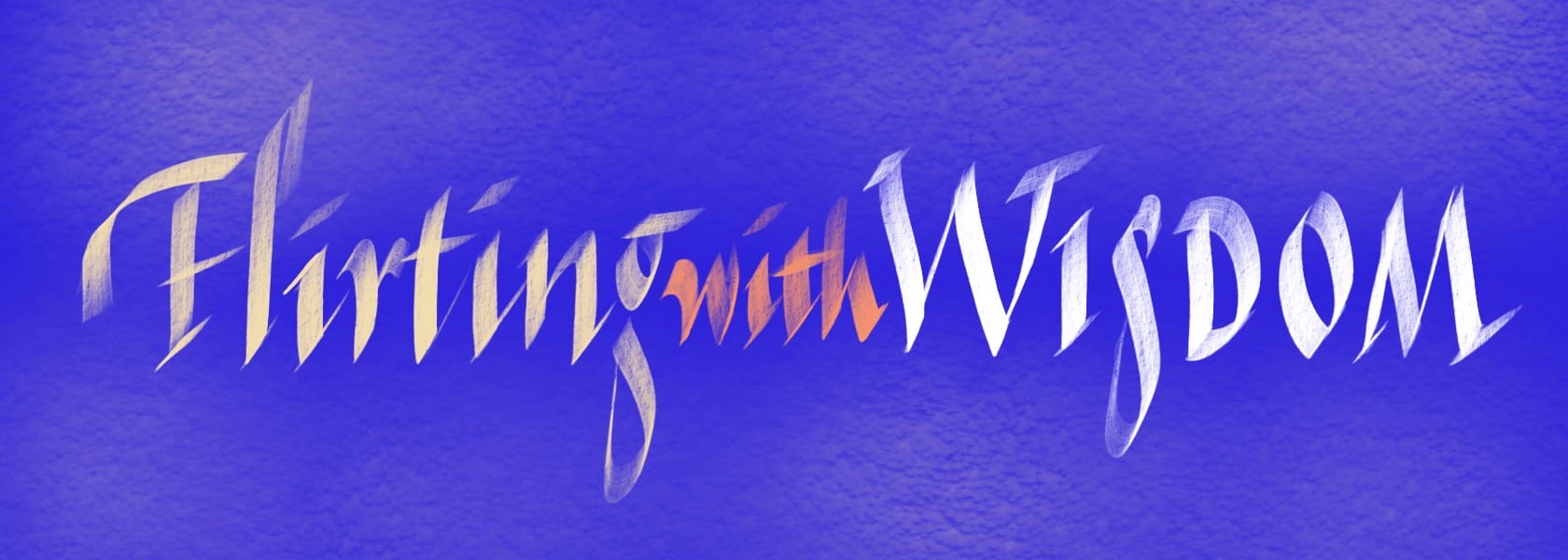
Each vignette invites readers to embrace the beauty of unfinished thinking and the art of holding life’s ongoing questions.


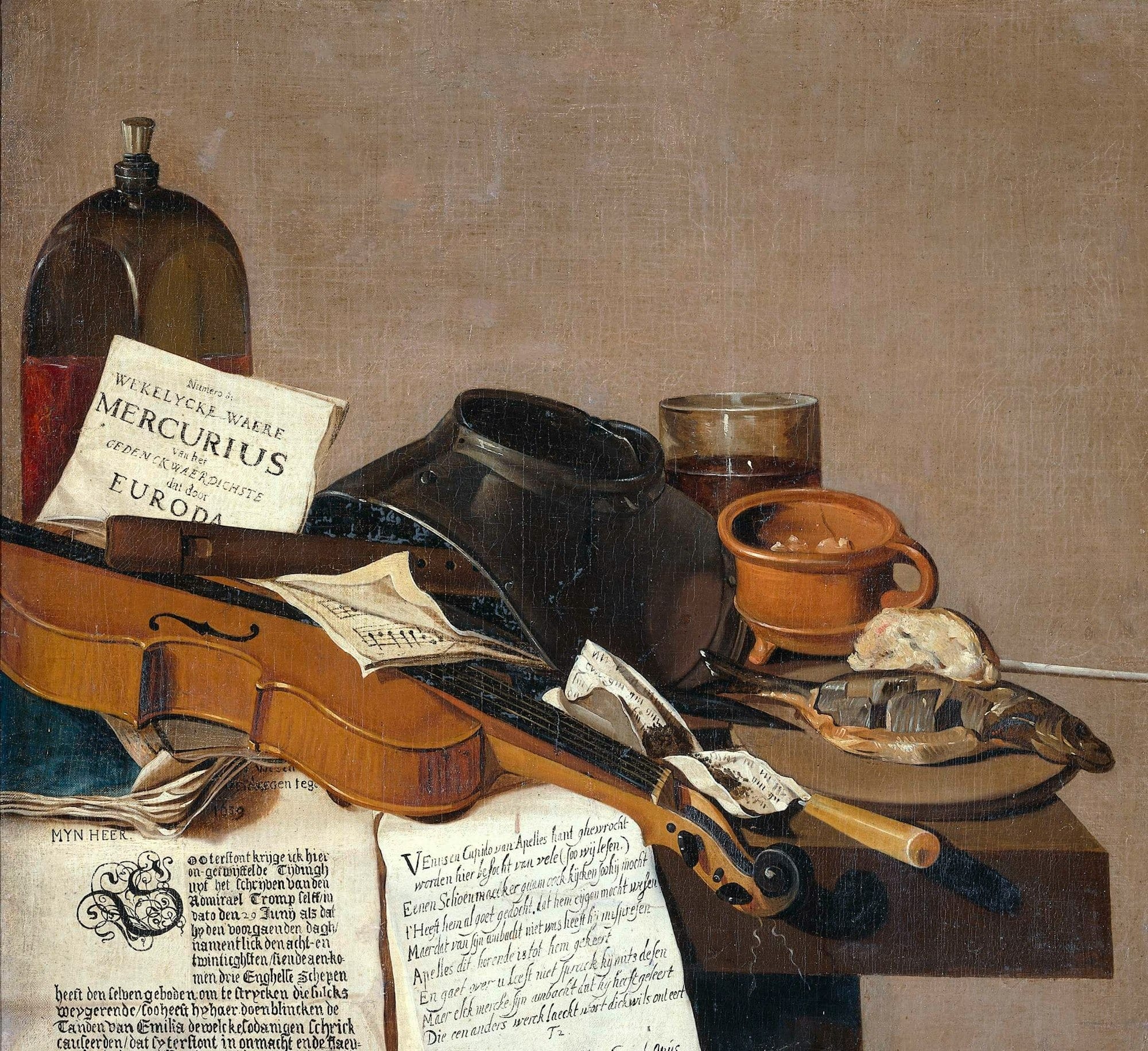


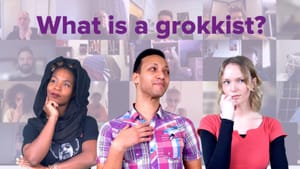

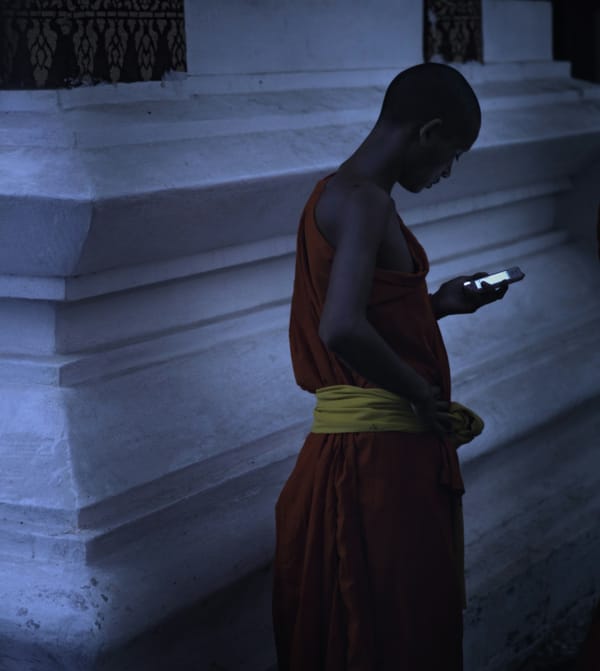


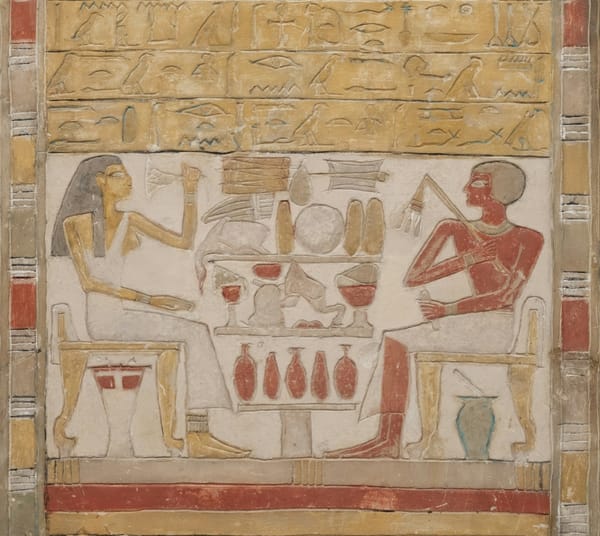
Member discussion